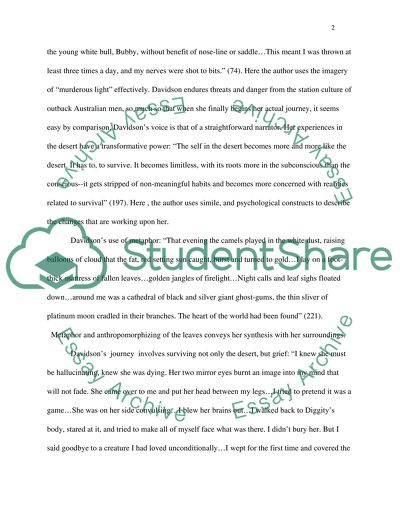Cite this document
(“Comparison of Personal Narration in the books Tracks by: Robyn Essay”, n.d.)
Retrieved from https://studentshare.org/environmental-studies/1416765-comparison-of-personal-narration-in-the-books
Retrieved from https://studentshare.org/environmental-studies/1416765-comparison-of-personal-narration-in-the-books
(Comparison of Personal Narration in the Books Tracks By: Robyn Essay)
https://studentshare.org/environmental-studies/1416765-comparison-of-personal-narration-in-the-books.
https://studentshare.org/environmental-studies/1416765-comparison-of-personal-narration-in-the-books.
“Comparison of Personal Narration in the Books Tracks By: Robyn Essay”, n.d. https://studentshare.org/environmental-studies/1416765-comparison-of-personal-narration-in-the-books.


